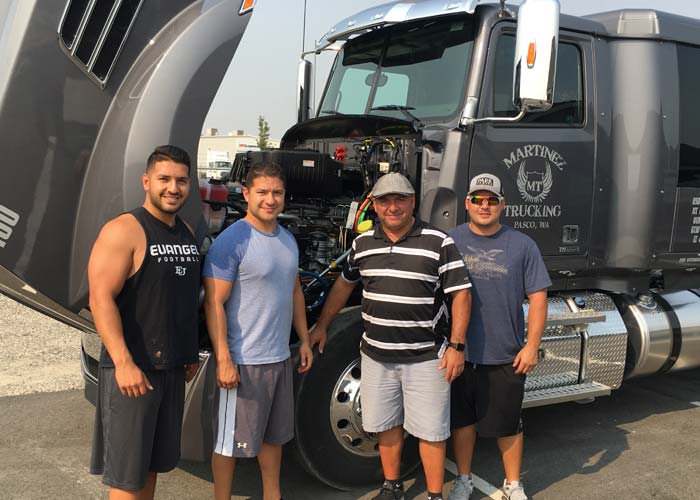
There’s no denying that technology has allowed the trucking industry to make huge leaps into the future in terms of logistics and freight management as well as driver safety and fuel efficiency. Connected technologies can make smart decisions based on tracking and predict all kinds of events in real-time these days, giving drivers and fleet management professionals the ability to save on costs, reduce customer expenses and reduce greenhouse gas emissions all at the same time.
One emerging trend that aids in this cause is the use of apps that monitor and manage freight containers to reduce deadhead miles and the carbon emissions associated with them. After a container is emptied, it often needs to be delivered back to a port to be shipped back for filling. This return trip is where the deadhead miles start to add up because each delivery trip means wasted miles.
Today’s apps allow for containers to be tracked by nearby manufacturers and shippers who can then claim the container and have it delivered locally for filling. Routing containers in this manner places more value on each mile driven, and it can improve efficiency by removing the need for wasted trips with empty trailers. In turn, this reduces carbon emissions, and drivers are also less likely to be sitting around waiting for trailers to be filled.
Congestion monitoring at ports is also a new metric being analyzed by data apps providing drivers with real-time routing instructions to avoid congested areas. This not only gives logistics professionals more accuracy in predicting pickup, drop-off and delivery times, but it can keep drivers from idling for longer than necessary. Such apps may also reduce accidents that result in injury but also that further contribute to congestion and wait times.
The best part about these advancements is that drivers don’t even really need to directly interact with these technologies to see the benefits. Because monitoring and routing is done by shipping and logistics professionals as well as port authority representatives, drivers can focus on safely getting to their destinations without distractions.
As these technologies continue to be refined in the coming years, they may be able to improve efficiency in other parts of the supply chain. Since the goal is reduce waste, both in terms of carbon emissions and time, connected technology may make it so that no miles are wasted at all at some point. This would be a huge service toward the goal of a cleaner environment, and combined with electric trucks and low-emission engines, the improvements made in the trucking industry may have a global impact that likes of which have not even been conceived.
